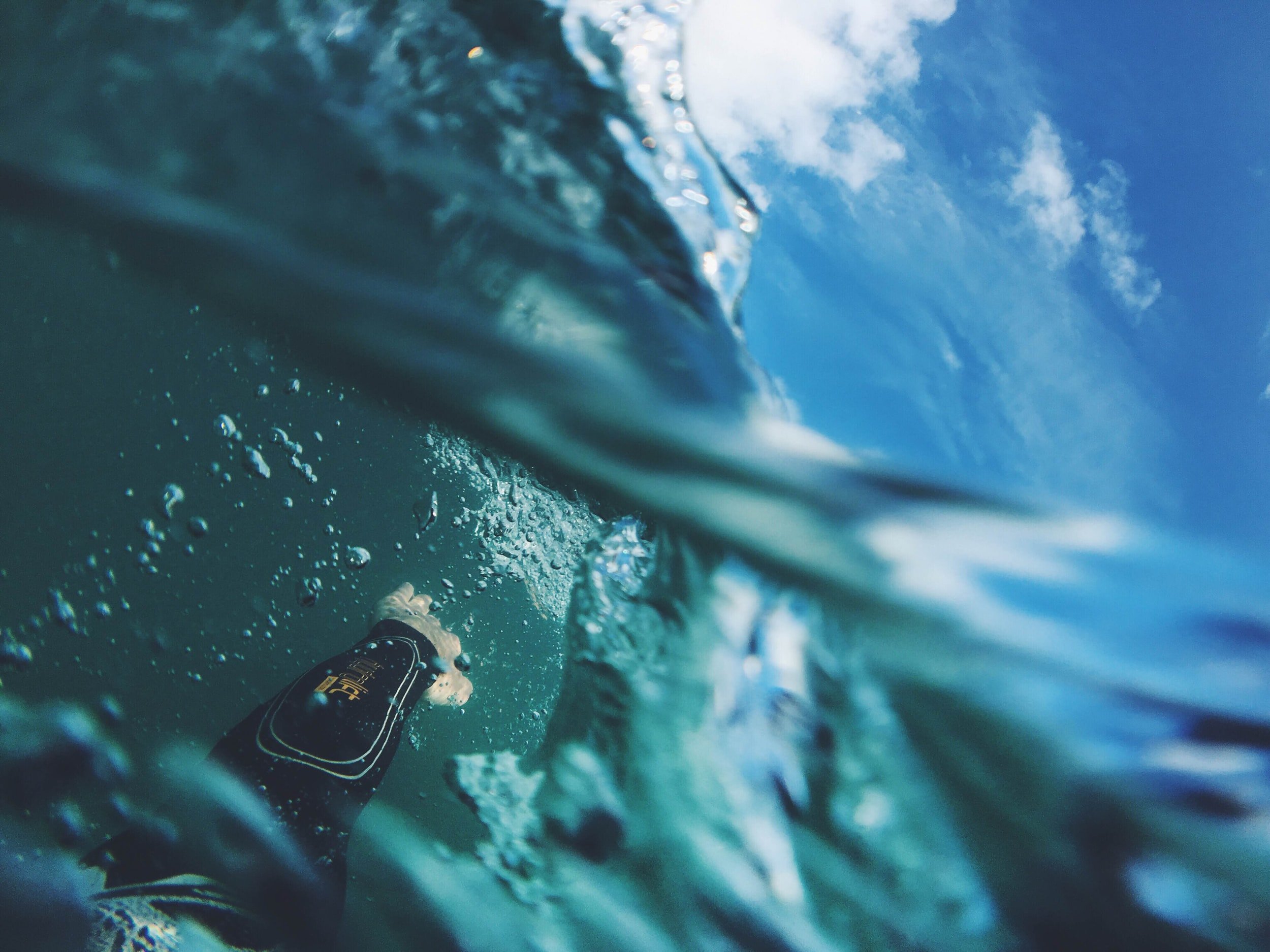Knowing this will save your life if you swim in open water
Imagine that it’s a perfect spring day. You’ve been swimming in the pool all winter but today you feel ready for swimming in open water. You drive to your favourite spot, suit up and off you go.
For the first few minutes, it still feels a little weird. Like always. But today it feels weirder. You feel that you’re drowning with every breath. You cough up some pink froth and you know decide to turn back as quickly as possible and out of the water.
This is called SIPE (Swimming induced pulmonary oedema) and it can happen to anyone who swims in open water. Because SIPE is not necessarily caused by the intensity of the swim itself.
What is SIPE?
The best way to describe SIPE is as a sudden case of breathlessness that seems out of proportion with the exercise you’re doing. As for the feeling, it has been described as drowning with every breath. You might feel that your swimsuit is strangling you. You start to cough and, in some cases, you cough up a pink froth.
The pink froth has led to the theory that exercise increases the pressure on the tiny blood vessels in your lungs which then start to leak fluid into your lungs. There is, however, very little definitive research on the topic of SIPE. In some cases, it can be fatal, but in general, you should feel better after leaving the water and within 48 hours you should be feeling great again.
Are some people more at risk than others?
Curiously enough, the people that seem most at risk of experiencing SIPE again are the people who already had an episode of SIPE. With the lack of investigation, a lot of theories have popped up: hypertension, very long-distance swims, high amounts of EPA and DHA in the blood. In other words, we know what SIPE is and when it happens, but we are not sure what causes it. And this is what makes SIPE so dangerous.
What makes SIPE so dangerous is that it can happen to anyone.
There is no way of knowing if you will have SIPE. Some perfectly healthy swimmers might, in the middle of a race or an event, suffer from an attack of SIPE.
The only preparation you can do is to recognize the symptoms. If you’re alone and start to feel symptoms that are similar to the ones described above, please get out of the water as quick as possible.
Knowing the symptoms and recognizing them on time is the best preparation that an open water swimmer can make.

